The terms “diamond” and “solitaire” are often used interchangeably or mentioned together, which can be confusing if you’re not familiar with these terms. To clarify the distinction and shed light on their relationship, let’s delve deeper into the meanings of these phrases.
First and foremost, it’s important to note that “solitaire” is not a synonym for “diamond.” Diamonds are the precious gemstones themselves, while solitaires refer to a specific type of diamond setting commonly found in jewelry.
In a solitaire setting, only one central diamond is featured prominently, surrounded by minimal embellishments or additional stones. This design highlights the singular beauty and brilliance of the centerpiece diamond.
While these terms represent different aspects, they are intricately connected. Jewelers often use them together to describe jewelry pieces that feature a single diamond set in a solitaire style. This association is why you frequently encounter these terms mentioned in conjunction.
By clarifying the relationship between diamonds and solitaires, we aim to provide a better understanding of their distinct meanings and how they are used in the jewelry industry.
DESIGN YOUR OWN ENGAGEMENT RING: START WITH A SETTING OR START WITH A DIAMOND. IT’S REALLY UP TO YOU!
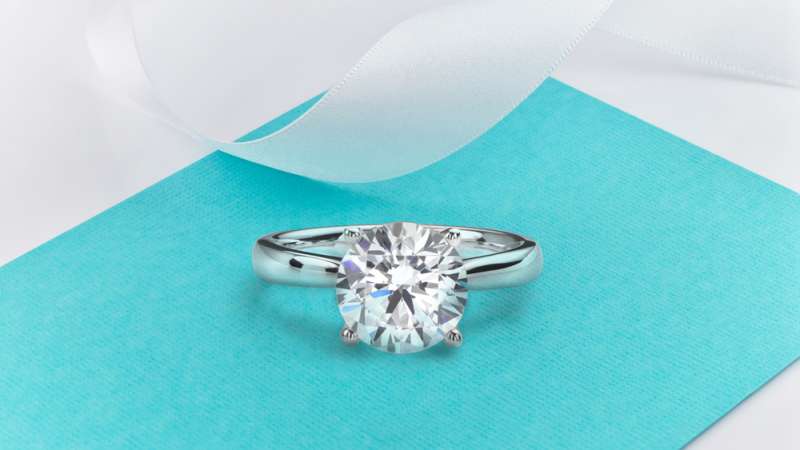
Diamond & Solitaire
Diamonds are renowned as one of the most sought-after gemstones worldwide, admired for their beauty and used extensively in jewelry throughout history. The enduring popularity of diamonds shows no signs of waning.
Now, let’s explore the connection between diamonds and the term “solitaire.” And no, we’re not referring to the card game. In the world of jewelry, “solitaire” actually denotes a specific type of setting for gemstones. Before delving into the details, it’s important to note that while these terms are often used together, they do not refer to the same thing.
So, why the confusion? Jewelers commonly employ the solitaire setting when featuring a larger gemstone in a piece of jewelry. When a single central gem is securely held in place by prongs, it may be referred to as a “solitaire.” This is the reason why these terms are frequently used alongside each other.
To distinguish between the two, remember that “diamond” indicates the type of gemstone, while “solitaire” pertains to the specific setting style. Solitaire settings are characterized by their minimalistic design, which has remained popular for decades due to its timeless appeal and safety features.
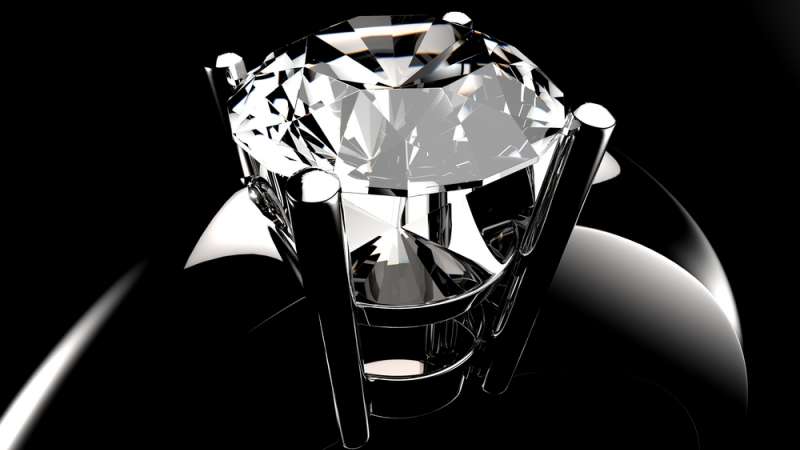
What Is A Solitaire Diamond?
To put it simply, a “solitaire” refers to a jewelry setting that features a single diamond, usually a larger one. This applies to various pieces of jewelry, such as rings, pendants, or earrings. If the piece of jewelry showcases only one diamond, it can be classified as a solitaire.
Contrary to the misconception that solitaire diamonds are not prominent in the world of jewelry, they actually hold significant importance in people’s lives, particularly for special occasions. Engagement rings, for example, often feature solitaire diamonds. These diamonds are chosen because they embody a timeless and classic elegance while highlighting the beauty of the diamond itself. In fact, statistics reveal that up to 25% of engaged women own a diamond ring with a solitaire setting, demonstrating its popularity.
Apart from their aesthetic appeal, solitaire settings are also recognized for their relative safety, which is crucial for safeguarding your investment. Although diamonds are highly durable and rank highest on the Mohs scale of mineral hardness, they can still be brittle and prone to shattering, especially when dealing with larger stones. The risk of losing a diamond due to it falling out of the setting is also a concern, particularly with smaller diamonds in pave settings. Solitaire settings provide an effective way to secure your gem in place, regardless of its carat weight, cut, or overall value.
In terms of cost, solitaire diamonds tend to be more affordable compared to settings with additional gemstones. The simplicity of the solitaire design, focusing solely on the central stone, contributes to its affordability. Prices can range from as little as $500 to $2500 or more, depending on the characteristics of the chosen diamond for the solitaire setting.
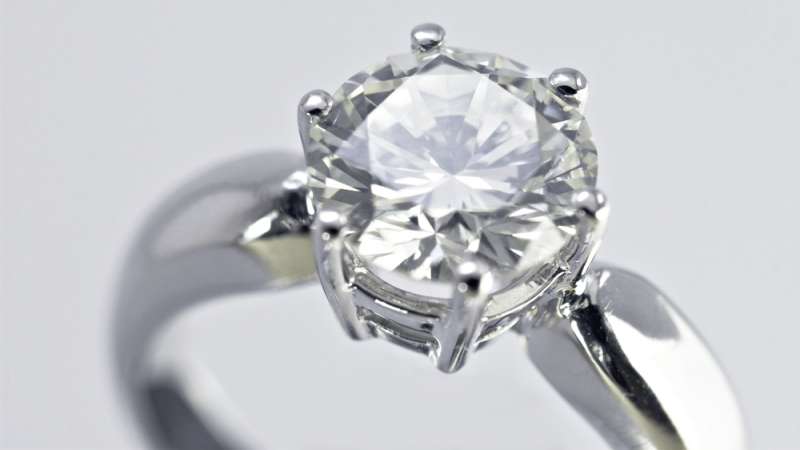
Solitaire Vs. Other Types Of Similar Settings
While this guide has primarily focused on the solitaire setting as being “unique” and “original,” it’s important to note that there are other types of settings that can technically be classified as solitaires. These alternative solitaire designs have gained significant popularity in their own right.
One prominent example is the renowned “Tiffany setting” for engagement rings, which gained momentum in the early 2000s. This setting features a diamond held in place by six prongs, providing both security and appeal, particularly with round brilliant cut diamonds. The Tiffany setting has become an iconic representation of a solitaire engagement ring design.
Another popular design is the split shank solitaire setting, which offers a distinctive and captivating look. As the name suggests, the band of the ring splits into two strands as it reaches the diamond. This creates an open space that frames the center stone and enhances its prominence. Over the past two decades, the split shank solitaire setting has garnered significant attention and has even been spotted adorning the fingers of Hollywood celebrities. Its widespread popularity speaks volumes.
The point to emphasize is that the solitaire setting exudes unmatched simplicity and minimalistic elegance. It provides exceptional safety for the diamond, and its versatility is worth mentioning as well. While every setting possesses its own aesthetic and practical charms, the solitaire setting stands as a formidable rival to them all.
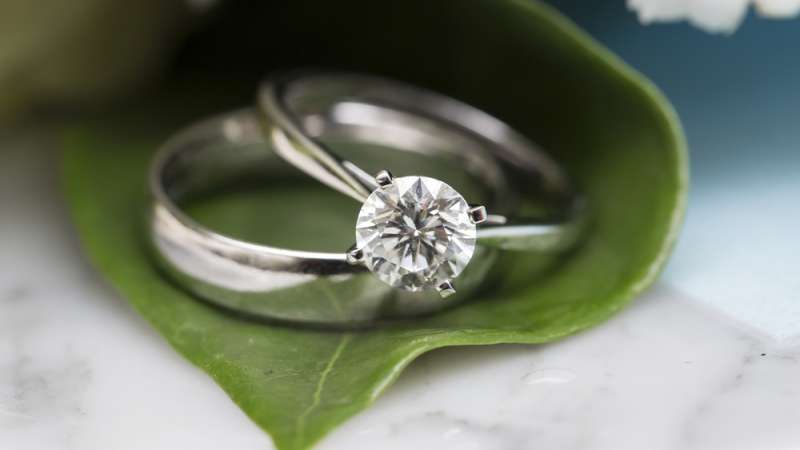
What Diamonds Go Best With The Solitaire Setting?
Diamonds possess a diverse range of shapes and sizes, each contributing to their unique beauty and appeal. However, it is important to consider that specific diamond shapes pair better with certain settings.
One remarkable aspect of the Solitaire setting is its versatility when it comes to accommodating different diamond cuts. This setting is capable of beautifully showcasing diamonds of any cut. While there are some recommendations to consider, the Solitaire setting offers a great deal of freedom in choice.
The round solitaire diamond stands as the most popular option, radiating timeless elegance. Following that, the Princess solitaire diamond captivates with its stunning brilliance. Additionally, the Emerald-cut and heart-shaped solitaires make remarkable choices.
Nevertheless, the truth is that you are at liberty to select any diamond cut that appeals to you. Since the Solitaire setting features a single diamond, you need not worry about the compatibility of various stones. This is the beauty of the Solitaire setting—it effortlessly highlights the individual beauty of the chosen diamond, regardless of its cut.

Is Solitaire Popular In Jewelry?
Despite its simplicity, the Solitaire setting remains far more popular than many people realize. However, it’s essential to consider the context when comparing its popularity to settings designed for smaller diamonds. The higher popularity of settings for smaller stones is primarily due to their more frequent purchase.
It would be unfair to compare the Solitaire setting with settings that serve different purposes. Such a comparison is akin to comparing apples and oranges. Larger diamonds are not sold as frequently as smaller ones, leading to the prevalence of fancier settings with multiple diamonds and creating a perception of their greater popularity compared to the Solitaire.
For instance, engagement rings featuring round brilliant-cut diamonds sell in significantly higher numbers than those with the Solitaire setting. However, this is primarily due to the fact that engagement rings typically feature diamonds ranging from 0.75 to 1.5 carats, which are considerably smaller than the diamonds found in Solitaire settings.
Considering these differences, it is fair to assert that the Solitaire setting is one of the most popular choices, if not the most popular, for showcasing larger diamonds in jewelry pieces that emphasize a single stone. When it comes to highlighting the beauty of a diamond, the Solitaire setting reigns supreme.
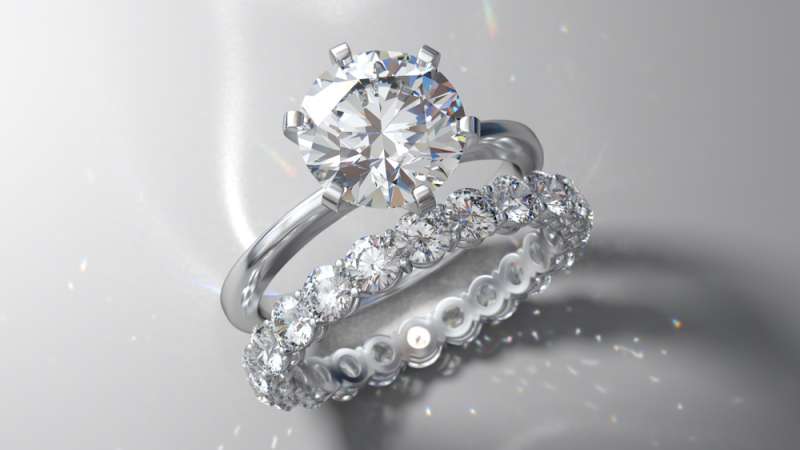
Pros & Cons Of The Solitaire Setting
Now, let’s weigh the pros and cons of the Solitaire setting to determine if it’s genuinely worth considering:
Advantages of the Solitaire setting:
- Safety: The Solitaire setting prioritizes the safety of diamonds, particularly larger stones, providing a secure setting.
- Minimalism: For those who appreciate minimalistic elegance, the Solitaire setting offers a perfect fit with its simple and refined design.
- Diamond visibility: The Solitaire setting allows a higher percentage of the diamond to be revealed, ensuring that the focus remains on the gemstone.
- Light penetration: This setting enables a significant amount of light to enter the diamond, enhancing its brilliance and making it stand out.
- Accommodates larger diamonds: The Solitaire setting is ideal for showcasing and holding larger diamonds, commonly found in necklaces and statement pieces of jewelry.
While the Solitaire setting has its advantages, it also has a few downsides:
- Perceived as outdated: Some individuals may consider the Solitaire setting as outdated, lacking the intricate designs of more contemporary settings.
- Not suitable for smaller diamonds: This setting may not complement smaller diamonds effectively. It is better suited for diamonds of 2 carats or larger, as smaller stones may not create the desired visual impact.
It is worth noting that the number of cons is significantly fewer than the pros, indicating the overall appeal of this setting. However, one should consider personal preferences and the specific characteristics of the diamond when deciding whether the Solitaire setting is the right choice.
While the Solitaire setting may not suit those seeking a more extravagant look or those with smaller diamonds, it excels in showcasing the beauty of larger gemstones. Therefore, if you desire a timeless and elegant setting to highlight a significant diamond, the Solitaire setting is an excellent option. Just be mindful of its limitations and ensure it aligns with your preferences and the characteristics of the diamond you intend to use.
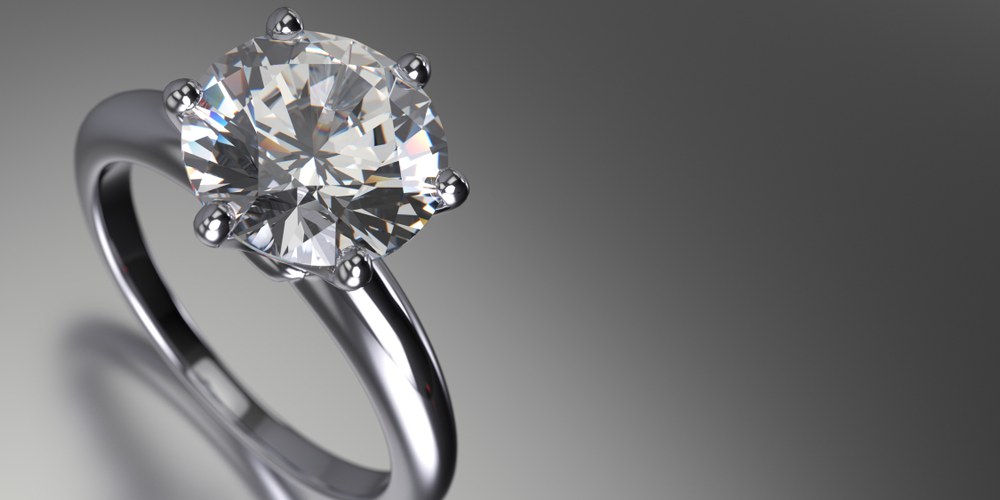
Conclusion
In conclusion, we are strong advocates for the solitaire setting, especially when it comes to showcasing larger, statement-worthy gemstones. Choosing a single, prominent stone over numerous smaller ones not only enhances its sparkle but also prioritizes safety.
While contemporary trends may lean towards more intricate and elaborate settings, it’s important to consider the level of security provided. Many of these fancy settings excel in holding smaller diamonds securely but may not be as reliable when it comes to larger gemstones.
By opting for the solitaire setting, you ensure that your precious, sizable gemstones remain securely in place. It strikes a perfect balance between elegance and safety, making it an ideal choice for the centerpiece of your jewelry collection.
So, when it comes to your larger gemstones, we highly recommend embracing the solitaire setting. It guarantees both a visually stunning display and peace of mind, knowing that your valuable gem is well-protected.


